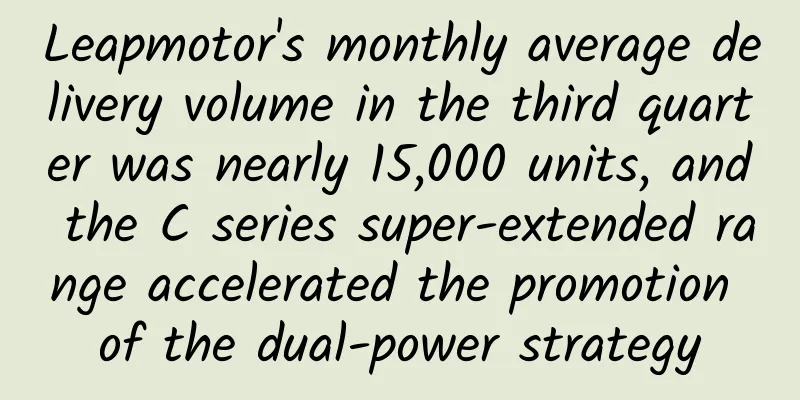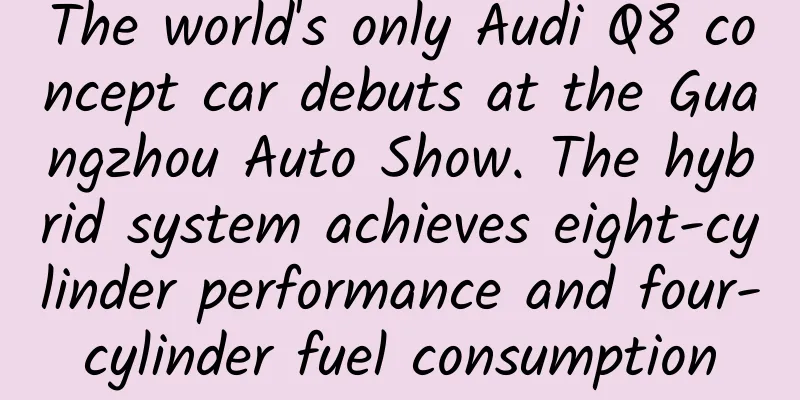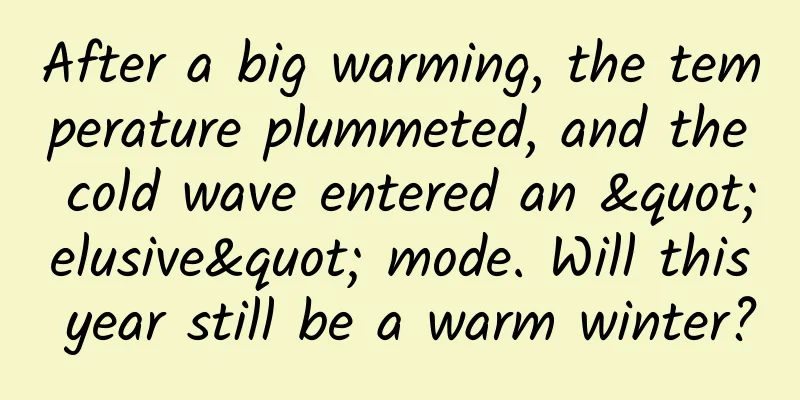Have you ever encountered these "weird things" when driving in a tunnel?

|
The North-South Cross-Island Corridor, Shanghai’s second east-west traffic “artery”, has been open to traffic for more than half a year. Some time ago, a citizen asked for help on the Shanghai Traffic Radio program “1057 Help”: Every time he drove through the North-South Cross-Island Corridor from Jiangning Road to Beizhai Road, he always felt uncomfortable with the overhead lights, which made him feel dizzy and drowsy. He would only feel better after opening the sun visor to block the light. He wanted to ask everyone, is this just his personal feeling, or is there something wrong with the lighting settings? [1] Image source: Shanghai Traffic Radio After the program was broadcast, relevant departments and experts listened to and recognized the citizens’ suggestions. After field research and in-depth studies, they decided to make a “micro-reshaping” of the lighting angle of the western section of the North-South Cross-Island Corridor. [2] So the question is, how much impact does tunnel lighting have on the human body? What kind of light makes people feel tired? 01. How much do you know about tunnel lighting? A highway tunnel is an extremely special road traffic environment: the space is relatively small, the depth is long, the tunnel is highly closed, the light difference between inside and outside the tunnel is large, the brightness level inside the tunnel is low, and the smoke and dust diffuse slowly. When driving in such an environment, drivers will inevitably experience adverse physiological and psychological reactions such as fear, irritability, depression, and visual fatigue. Data studies have shown that about 8% of drivers and 14% of drivers who are driving through tunnels for the first time will feel depressed when driving in tunnels. When drivers are affected by these adverse reactions for a long time during driving, their physiological and psychological load will increase, which is quite detrimental to driving safety and is very likely to cause traffic accidents. What is so special about the light environment in a tunnel? In order to save lighting costs, lighting fixtures are not arranged one by one in a row, but with a certain distance between them. Therefore, when a vehicle is driving in a tunnel at a certain speed, the driver's vision will be constantly stimulated by changes in light and dark, a phenomenon called "stroboscopic effect"; The brightness at the entrance and exit of the tunnel varies greatly, which can cause people to experience the "black hole effect" and "white hole effect"; If the longitudinal uniformity of the brightness in the tunnel is low, bright and dark bands will appear continuously and repeatedly on the road surface, which is the "zebra effect"; The overall brightness level in the tunnel is low. 02. “Stroboscopic Effect” and “Zebra Effect” Schematic diagram of "stroboscopic effect" and "zebra effect" Image source: baijiahao The essence of the "stroboscopic effect" is the light stimulation of continuous flashing, which is the lighting problem of the North Cross-Island Passage reported by citizens. The "zebra effect" is similar to the "stroboscopic effect", which refers to the light stimulation caused by the continuous and repeated appearance of light and dark bands on the road surface to the human vision. The flickering of light sources can stimulate the human visual system and make people feel uncomfortable. These two phenomena can cause visual fatigue in drivers, with the main symptoms being sore and swollen eyes, sore eye sockets, and the desire to cry, which seriously affects the driver's visual function and endangers driving safety. In addition, when the distance between the lights is constant, the faster the driving speed, the higher the flicker frequency, and the more frequently the driver's visual environment changes. The figure below is a curve of the visual sensitivity coefficient of the human eye to voltage fluctuations of lamps of different frequencies. It can be seen that when the flicker frequency reaches 10Hz, the impact on people is the greatest. Image source: Reference [3] 03. "Black hole effect" and "white hole effect" The "black hole effect" and "white hole effect" are two inevitable optical phenomena in tunnel environments. Since a tunnel is a special semi-enclosed tubular structure, under high-intensity lighting conditions, there is a large difference in light intensity inside and outside the tunnel. Drivers may be affected by the transition between strong and weak visual reference environments when entering or exiting a tunnel. The light intensity inside the tunnel is lower than the sunlight intensity outside the tunnel. When the driver drives into the tunnel from outside the tunnel, he or she will be affected by "dark adaptation" and will see the entrance of the tunnel like a "black hole". This is the "black hole effect". Schematic diagram of the “black hole effect” Image source: baijiahao Because there is a large difference in intensity between the strong sunlight outside and the light inside the tunnel, when the driver approaches the tunnel exit, he will see the tunnel exit like a glowing "white hole". This is the "white hole effect". Schematic diagram of "white hole effect" Source: sina.com When driving at night, the situation is the opposite. When entering the tunnel, the driver will find that the tunnel entrance is like a "white hole", and when exiting the tunnel, it will feel like a "black hole". 04. How to improve tunnel lighting? Since the lighting environment inside the tunnel is dim, if the light is too weak, the illumination of the retina is insufficient, the contrast of objects decreases, and the fatigue of the ciliary muscles increases, causing visual fatigue. Experimental data show that 500lx is the minimum illumination value that will not cause visual fatigue (500lx is the standard lighting level in many indoor places, such as offices, library reading rooms, etc.), but it is obvious that the lighting inside the tunnel cannot reach 500lx. In order to solve the problem of brief visual dark areas that appear when vehicles enter and exit tunnels, tunnel lighting should be divided into different areas, including entrance section lighting, transition section lighting, middle section lighting and exit section lighting, and different lighting standards should be adopted in different areas. Schematic diagram of long tunnel lighting section division Image source: Reference [4] In the specific lighting design, we should focus on improving the brightness and uniformity of tunnel lighting and reducing the impact of various tunnel lighting effects on people. At the same time, we can use some intelligent lighting control algorithms to control the light intensity at different times, introduce natural light through light guide fibers, and make tunnel lighting more comfortable. In order to reduce the fatigue of drivers caused by monotonous tunnel lighting, Norway divided the Ladar Tunnel built in 2001 into multiple sections, each of which adopted a different lighting design, creating a feeling of driving through multiple short tunnels for drivers, effectively alleviating driving fatigue. my country's Qinling Zhongnanshan Tunnel built in 2007 also used a similar method, adopting a "blue sky and white clouds" design in some sections of the tunnel to alleviate the driver's visual fatigue by improving the tunnel lighting environment. Left: Ladar Tunnel Right: Qinling Zhongnanshan Tunnel Image source: Reference [5] In short, the narrow space of the tunnel itself will cause the driver to concentrate and become fatigued, and inappropriate tunnel lighting will aggravate it. By improving tunnel lighting, fatigue can be alleviated, but it is more important that we obey traffic rules, cherish life, and take a rest if we are tired. There are thousands of roads, but safety comes first. References [1] Shanghai Traffic Broadcast: Dizziness and grogginess? Why is driving on the North-South Cross-Island Corridor so tiring? https://mp.weixin.qq.com/s/t0o1VftkHBVOXq-pdMlRMA [2] Shanghai Traffic Radio: Is it easy to get dizzy when driving on the North-South Cross-Island Corridor? Latest response: "Micro-plastic surgery" https://mp.weixin.qq.com/s/1AFfTJ8TBlK8lhYcEOmdEw [3] Liu Yang. Analysis of highway tunnel light environment based on driver's physiological and psychological reactions[D]. Inner Mongolia Agricultural University, 2009. [4] Zhang Yue. Research on the influence of driver's field of view contrast on visual perception in tunnel light environment[D]. Chongqing Jiaotong University, 2023. [5] Wang Xiaoping. Research on the regulatory effect of tunnel lighting environment changes on driving fatigue[D]. Shijiazhuang Railway University, 2023. Author: Guo Weihong, PhD, Senior Engineer, University of Chinese Academy of Sciences Planning & Editing: Rain Cover photo: Photo Network |
<<: This generation of young people has been targeted by gout...
>>: NASA waited 11 years for the observation, but was forced to stop by a broken water pipe
Recommend
4 "user retention" methods used by Facebook!
When talking about user growth, we often talk abo...
Why do beverage bottles have five-petal flowers on the bottom?
Review expert: Meng Meng, associate researcher at...
A mosquito bite left a bump on me. Will I get dengue or AIDS?
It is well known that the flying height and dista...
Collection | Re-understanding 100 keywords for new media operations
In the Internet age, new media has almost reconst...
The passion of “Academician Budai” for educating people: after receiving the award, he immediately ran to teach students
On the morning of November 3, 2021, Zhao Dongyuan...
How much does it cost to develop a photo app in Shangrao?
Shangrao photo applet development price 1. Displa...
iOS application architecture discusses the organization and calling scheme of view layer
[[134891]] Preface After the publication of "...
Analysis: What’s so clever about Qutoutiao’s fission strategy?
In 2017, a dark horse, Qutoutiao, emerged in the ...
Why have the Big Dipper remained together for thousands of years and not fallen apart?
This is a question raised by a friend. He couldn&...
"Is outbound marketing part of SEO?" Is there any difference between online promotion and outbound marketing specialist?
Is outbound marketing considered SEO? Is there an...
I believe my friends recommend Shenzhen to have a good place to enjoy tea, high-quality takeaway and tea.
Shenzhen High-Quality Tea Tasting Audition (133~7...
How to build a brand? Please be a showman first
We want to use the Internet to create a new brand...
Practical cases will help you master the headlines information flow!
This article mainly briefly introduces the backgr...
On the third day of the first lunar month, burn door god paper to pray for peace and prosperity. Do these five things to ensure auspiciousness.
The third day of the first lunar month is also kn...
2015: Will smartphones enter the borderless era?
CES2015 (International Consumer Electronics Show)...









